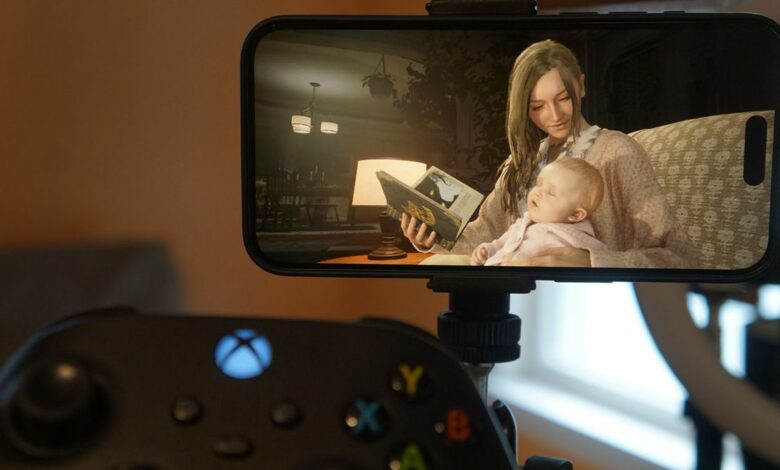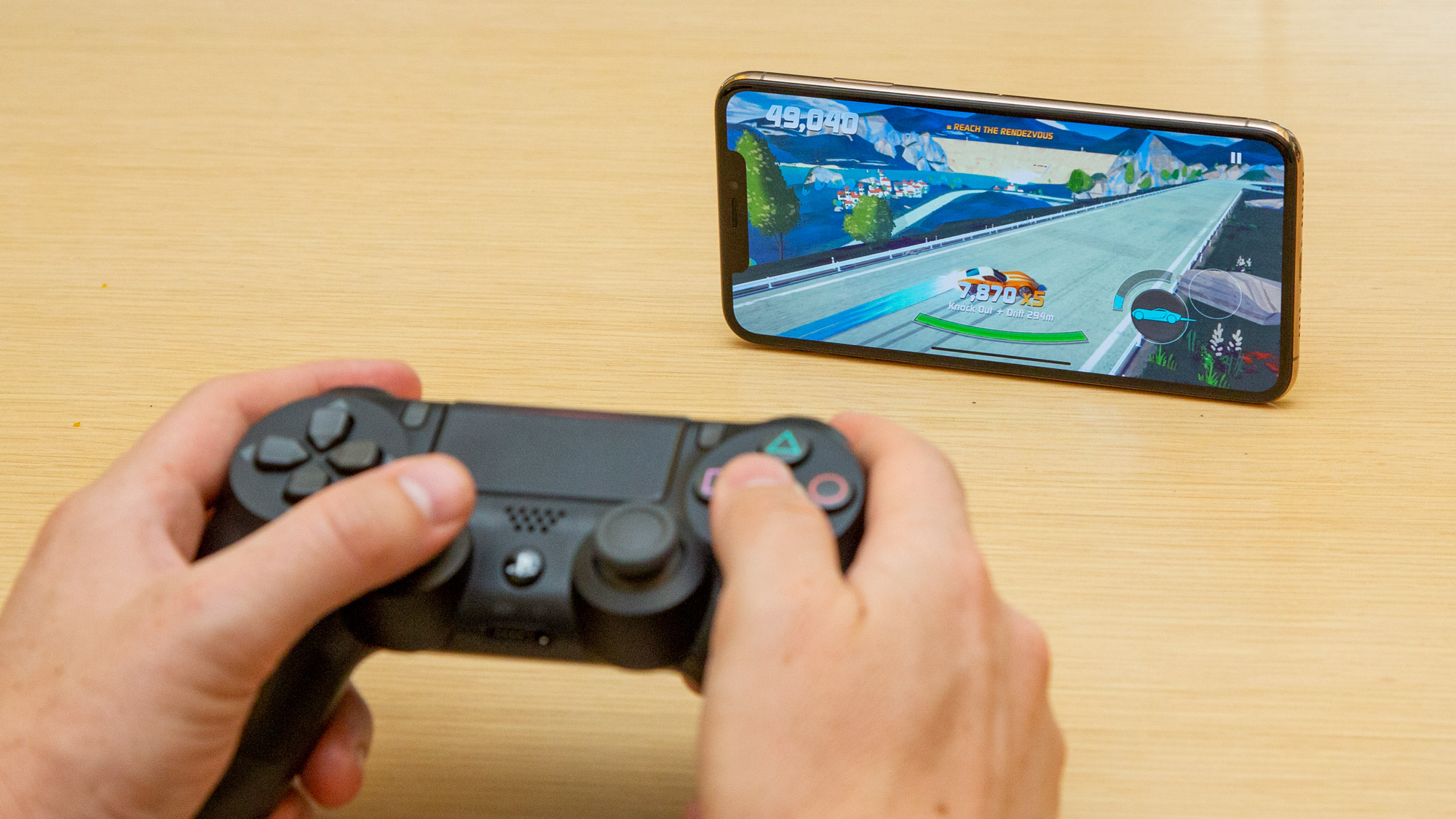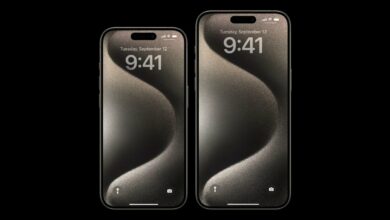It turns out people don’t actually want console games on iPhone – but I think that misses the point

It doesn’t surprise me at all that the demand for AAA games for iPhones and iPads is reportedly not high and can be considered commercial failures, according to data from App Figures through MobileGamer.biz.
Despite Apple’s efforts to port the likes of Death Standing, Assassin’s Creed Mirage and Resident Evil 7 from previous- and current-generation consoles to the A17 Pro-powered iPhone 15 Pro and iPhone 15 Pro Max, and M-series chip-based iPads, these games have hardly been hits. Data from Appfigures shows that these triple-A titles are dwarfed by lesser native mobile games based on free-to-play models in terms of downloads and revenue.
I’m a technology journalist, not a developer or business strategist, but I could have predicted this from a mile away.
I find it genuinely impressive that a sleek iPhone can run modern console games – albeit not at max graphics – that would normally require a dedicated pseudo-rectangle of gaming hardware. It shows that Apple can produce impressive chips in-house that set the bar for performance and graphics processing for even the likes of Qualcomm and its flagship Snapdragon Gen 8 chip to chase.
A time and a place
But even as someone who loves games – I have a PS5, Xbox Series X, and a ridiculously powerful PC – I’m still not convinced by console-quality gaming on smartphones or tablets.
The first problem is that these triple-A games often require a controller or controller attachment to play, and that’s not only an added expense – whether you buy a clip to hold a phone, an Xbox Wireless Controller, or something like the Razer Kishi – it’s also an added level of hassle. At home, I can just use one of the dedicated gaming consoles. When I’m out and about, the last thing I want to do is try to tether a controller to my phone while being jostled by other people.
If I want a true handheld gaming experience, I’d rather go for the Nintendo Switch or Valve’s Steam Deck. The latter continues to amaze me with what it can do.
And the second point is that smartphones are already bastions of casual and simple gaming. In general, I use my iPhone or iPad to play simple games that are easy to operate via a touchscreen and often with one hand; Plants vs Zombies, FLT: Faster Than Light and Bleak Sword come to mind.

When gaming while traveling or commuting, I tend to stick to games that are easy to use and immerse me in a setting or task rather than requiring fine-tuned actions or moving and looking at the same time. That way, my game flow isn’t drastically affected if someone wants me to get out of my seat while I’m using the facilities on a plane.
When I look at the people travelling from East London to the city centre I see them playing games on their phones, except they are not console quality games, they are games like Candy Crush Saga.
Games like Call of Duty Mobile similarly feature frantic action and the need to use a virtual controller, but they’re built for native phone use and optimized for mobile platforms rather than ports. They also offer quick bursts of fun rather than a lengthy campaign to commit to.
Additionally, Apple may be approaching gaming from two different angles. While the latest Pro iPhones can run ports of select triple-A games, Apple Arcade offers bespoke games designed primarily for mobile use that aren’t found on other platforms. If I were to do dedicated gaming on my iPhone or iPad, I’d choose Arcade titles over ports or even native mobile games that span both iOS and Android.
Playing the Long Game
Doesn’t this mean I think Apple shouldn’t bother with AAA game ports for iOS and iPadOS? No, not at all.
Apple has the money to build a mobile gaming ecosystem that caters to both high-end and less demanding games in terms of graphics, complexity and composition. And while the A17 Pro is limited to just two iPhone 15 models for now, the chip’s power will surely trickle down to future iPhones, namely the iPhone 16.
That should increase the number of people with access to phones who can use these console ports, creating more opportunities for AAA gaming on smartphones.
I doubt it would transform mobile gaming as a whole. However, it could grow a niche of users who may not be reliant on the best gaming phones for a quality mobile gaming experience.
Ultimately, I think triple-A gaming on the iPhone 15 Pro and 15 Pro Max was more of a tech demo for Apple to show off the power of the A17 Pro. There’s debate about whether this much power is necessary in a phone, but it at least future-proofs the iPhones somewhat.
And I’m intrigued by what Apple could do next with gaming. All that power could, for example, create some really clever Apple Arcade games, games that look fantastic but are designed specifically for smartphones.



